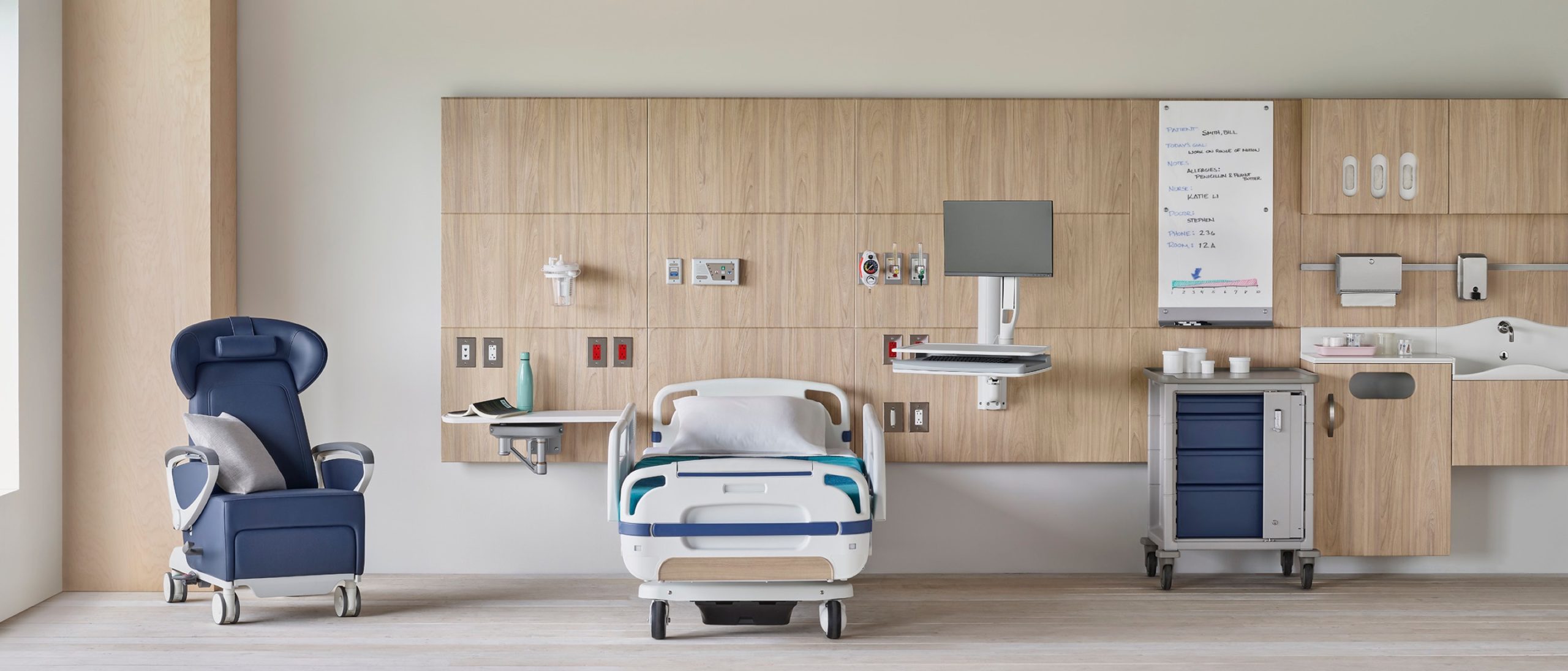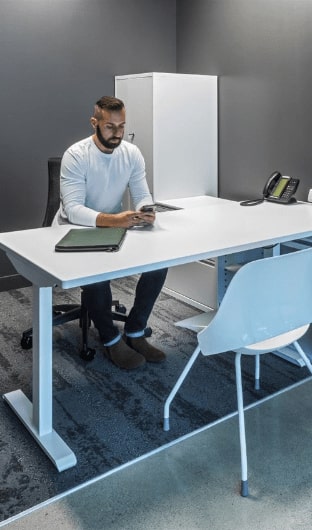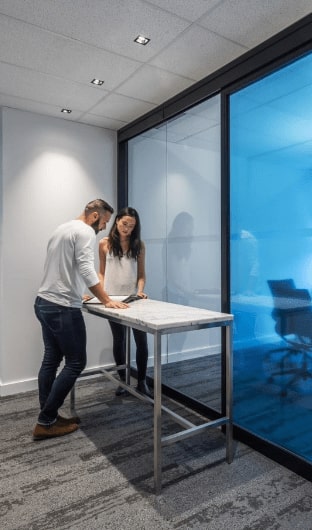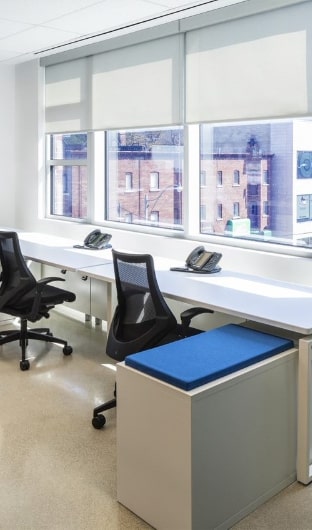
Important Considerations When Choosing Patient Room Furniture
When designing patient rooms in healthcare facilities, furniture selection plays a crucial role in creating a supportive and healing environment. The right furniture can enhance patient comfort, safety, and overall recovery, while also facilitating the tasks of healthcare professionals. Here are some key considerations from Harkel Office to keep in mind when selecting patient room furniture for your healthcare facility.
1. Comfort And Ergonomics
Comfort is paramount in patient room furniture as it directly impacts the patient’s physical well-being and recovery process. Ergonomically designed furniture can alleviate discomfort and reduce the risk of pressure sores or musculoskeletal strain. Chairs and beds should offer proper support and be adjustable to accommodate different patient needs. Soft, breathable materials can enhance comfort, while features like reclining mechanisms or adjustable armrests can provide additional support.
2. Safety And Durability
Safety is a top priority in healthcare settings. Furniture must be stable, with non-slip surfaces and rounded edges to minimize the risk of accidents. Durable materials that withstand frequent use and rigorous cleaning protocols are essential. Look for furniture that meets industry safety standards and has been tested for strength and stability. Durable finishes that resist scratches and stains ensure a long-lasting investment, maintaining both functionality and aesthetics over time.
3. Infection Control
Infection control is critical in patient rooms, and furniture plays a significant role in maintaining a hygienic environment. Choose furniture with antimicrobial surfaces or easy-to-clean materials that resist bacteria and viruses. Seamless designs with minimal crevices and joints prevent the accumulation of dirt and pathogens. Removable and washable upholstery can further enhance cleanliness, allowing for thorough disinfection between patient use.
4. Flexibility And Adaptability
Healthcare environments are dynamic, often requiring furniture that can be easily reconfigured to meet changing needs. Consider modular furniture systems that allow for customization and adaptability. Beds that convert from sleeping to sitting positions or chairs that accommodate visitors can enhance functionality. Folding tables, stackable chairs, and mobile storage units offer flexibility, making it easier to adapt the room layout as needed.
5. Accessibility
Accessibility is essential to ensure all patients, including those with mobility challenges, can comfortably and easily use the furniture. Ensure that beds and chairs are at appropriate heights to facilitate safe transfers. Adjustable height tables and storage units should be within reach of patients who use wheelchairs. Consider installing grab bars and rails to assist with movement, enhancing patient independence and safety.
6. Aesthetic Appeal
While functionality and safety are critical, the aesthetic appeal of patient room furniture should not be overlooked. A welcoming and visually pleasing environment can positively impact a patient’s mood and recovery. Choose colours and designs that create a calming atmosphere, avoiding overly clinical or harsh aesthetics. Coordinated furniture pieces that complement the overall room decor contribute to a cohesive and inviting space.
7. Patient And Family Needs
Consider the needs of both patients and their families when selecting furniture. Providing comfortable seating for visitors encourages family involvement in the healing process. Furniture that supports family members, such as sleeper sofas or reclining chairs, allows them to stay overnight comfortably. Additionally, incorporating personal storage solutions for belongings can make patients and families feel more at home.
8. Cost-Effectiveness
While it’s important to invest in high-quality furniture, budget constraints are a reality for many healthcare facilities. Consider cost-effective options that do not compromise on safety or comfort. Conduct a thorough cost-benefit analysis to evaluate the long-term savings provided by durable and easily maintainable furniture. Partnering with suppliers who offer competitive pricing and warranties can further optimize your investment.
9. Environmental Impact
Sustainability is an increasingly important consideration in healthcare design. Choose furniture made from eco-friendly materials that have a reduced environmental impact. Look for products with certifications indicating sustainable manufacturing processes. Additionally, consider furniture that is recyclable or designed with components that can be easily replaced, extending the product’s lifecycle.
10. Manufacturer And Supplier Reputation Support
Finally, selecting furniture from a reputable manufacturer with a proven track record in healthcare environments is essential. Look for companies that offer robust customer support, including warranties and maintenance services. Reading reviews and seeking recommendations from other healthcare facilities can provide insights into the reliability and performance of different furniture options.
In conclusion, choosing patient room furniture requires a careful balance of comfort, safety, functionality, and aesthetics. By considering factors such as ergonomics, durability, infection control, and accessibility, you can create a patient-centred environment that supports healing and enhances the overall healthcare experience. Harkel Office can use our industry expertise of over 45 years to assist you in choosing the right patient room furniture for your needs. Contact the experts at Harkel Office today and Get It Right!





